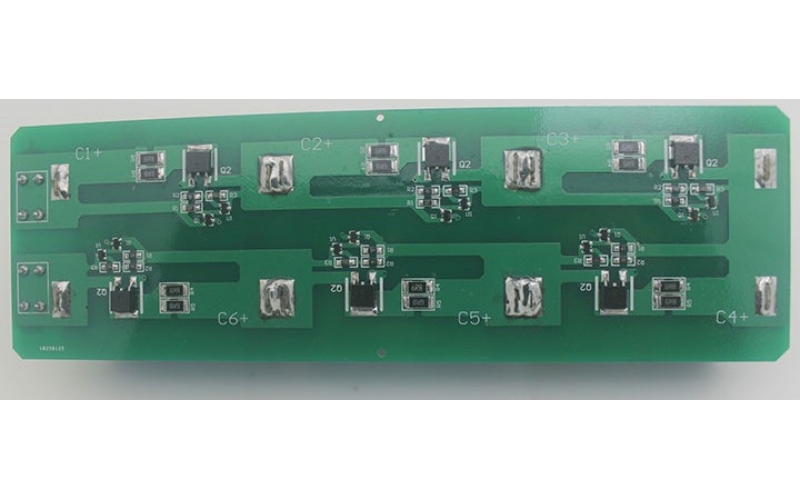Currently, over 95% of the cars on the market, including various construction vehicles, use lead-acid batteries for energy storage and cold start. In the harsh winter, some users report that the use of lead-acid batteries is not ideal. When the temperature is low, the discharge resistance of lead-acid batteries increases, and the discharge capacity decreases significantly, resulting in frequent ignition failure and seriously affecting the use of vehicles.
Failure analysis of lead-acid batteries:
oneThe Effect of Temperature on Polarization of Lead Acid Batteries
During the charging and discharging process of lead-acid batteries, there are electrochemical polarization and concentration polarization, and high current charging and discharging are mainly affected by concentration polarization. When the working temperature of lead-acid batteries drops below 0 ℃ during charging, severe concentration polarization occurs on the negative electrode plate at the beginning of charging, which limits the battery's charging acceptance capacity and leads to a significant decrease in battery charging and discharging with decreasing temperature.
twoThe Effect of Temperature on Battery Capacity
When discharging batteries of the same capacity series at the same discharge rate (also known as the discharge current per unit time) within a certain ambient temperature range, the capacity increases with temperature and decreases with temperature. The reasons for this are as follows:
A. Battery electromotive force is related to operating temperature
The electromotive force of a battery is a function of the ambient temperature t, and the temperature coefficient of the electromotive force is positive. So, discharging at higher operating temperatures can obtain a larger amount of electricity.
B. The influence of low temperature on the utilization rate of negative electrode active material
Usually, when batteries discharge at low temperatures, the utilization rate of negative electrode active materials is extremely low. Negative electrode lead is prone to becoming small-sized grains, and the small pores are also prone to freezing and blockage, thereby reducing the utilization rate of active substances. More seriously, it may become a dense layer of lead sulfate, causing the battery to stop discharging. This phenomenon is called passivation.
Shenzhen WeikeweiDesign a starting device based on supercapacitors for transportation fields such as engineering machinery, commercial vehicles, and passenger cars. Utilize the ultra-low temperature and high-power charging and discharging characteristics of supercapacitors to achieve reliable and safe use of engineering equipment under special environmental conditions.
If you need targeted cold start solution design and data analysis, please contact our sales or technical engineers. We will provide the most professional technical services and product support as soon as possible!
Additional advantages of pairing with a cold start module:
This supercapacitor module is a turbo partner, MAX multiple ignitionThe perfect partner for ignition enhancement coils and other essential components, suitable for all modifications.Improve the power supply of the entire vehicle, make it easy to start, enhance ignition to increase power, improve air conditioning weakness, improve ignition sound restart, and fully burn to save fuel.
Functional effect:
1. Increase power by 15%, enhance torque, and improve responsiveness
2. Stable engine, reduced noise, and stable idle speed
3. The throttle becomes light and agile, the acceleration from the start is powerful, overtaking is agile, and driving is safer
4. Enhance the brightness of the headlights and solve the problem of unstable power supply after installing xenon headlights
5. Reduce carbon deposits, lower fuel consumption by 10%, and make exhaust emissions more environmentally friendly
6. Improve audio quality,Extend battery life
7. Improve the power loss of air conditioning, enhance the overall power supply environment and electrical performance of the vehicle
Easy installation, non-destructive installation, connected to the positive and negative terminals of the battery, without touching the original factory circuit
Performance parameters:
Storage temperature range -40 ° C+125 ° C
Rated voltage 15V DC
Capacitor tolerance+20%
Resistance tolerance+/-25%
temperature characteristic
The initial measurement of capacitance change is within ± 5% at 25 ° C (-40 ° C)
Initial measurement value of 150% internal resistance at 25 ° C (-40 ° C)



